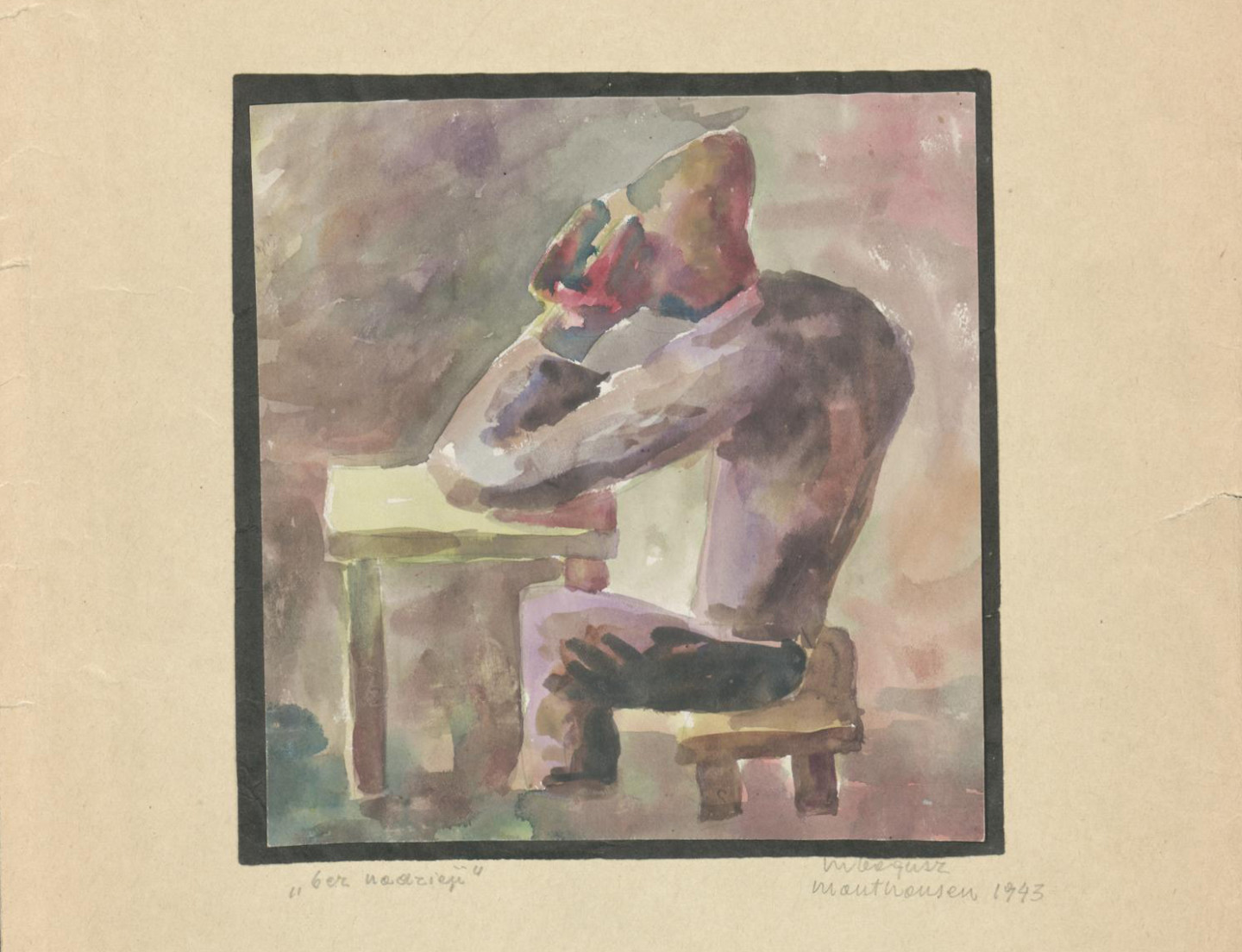
Title
‘The Joy of New Constructions’ in Times of Homelessness Artistic Practice of Marian Bogusz in the 1940s
https://miejsce.asp.waw.pl/en/radosc-nowych-konstrukcji-w-czasach-bezdomnosci-tworczosc-mariana-bogusza-w-latach-czterdziestych/
Abstract
In 1944, Marian Bogusz created architectural drawings depicting an imagined modernist settlement intended to host artists from all over the word. At that time he was a prisoner of the concentration camp in Mauthausen where he connected with other artists and attempted to organise cultural life. Bogusz desired that the artist settlement be erected on the ruins of the camp, thus demonstrating the dream of a modernist utopia that continued even during the war, even in a concentration camp. Yet, perhaps equally startling, is how difficult this dream was to realise in the dystopian reality of the immediate post-war period.
The aim of this essay is to present the path of modernist discourse in Poland during and in aftermath of the Second World War, a time when artists not only faced the destruction brought about by war, but also the radical social transformation of the communist revolution. The author focuses on the artistic practice of Marian Bogusz, a prolific figure of the post-war artistic scene in Warsaw, analysing his aesthetic and ethical claims. Making use of Alain Badiou’s notion of truth in art she considers the way Bogusz contained his contemporary moment and positioned himself vis-a-vis his dramatic experience of war and the emergence of Socialist Realism.
This article is only available as an abstract in the English version of our magazine.
Agata Pietrasik
Agata Pietrasik is an art historian with degrees from the University of Warsaw and Freie Universität in Berlin, where she completed her doctorate about art in the 1940s in Poland, focusing on interrelations between the decade’s aesthetics, ethics and politics. With Piotr Słodkowski, she co-edited the book Czas debat. Antologia krytyki artystycznej z lat 1945–54 [Time of Debate. An Anthology of Polish Art Criticism, 1945–1954], and her PhD project is due to be published under the title Art in a Disrupted World: Poland 1939–1949, in the English language series New Art History by the Museum of Modern Art in Warsaw in 2021. Her research interests include postwar modernism in Europe, visual representations of the Holocaust and World War II, and the sociopolitical contexts of these events. She has received fellowships from the German Academic Exchange DAAD, the Polish Ministry of Culture and National Heritage, the German Forum for Art History in Paris, and the Institut National d’Histoire de l’Art in Paris. She is currently working on the project “How Exhibitions Rebuilt Europe: Exhibiting War Crimes in the 1940s” with the support of a Getty/ACLS Postdoctoral Fellowship in the History of Art.




